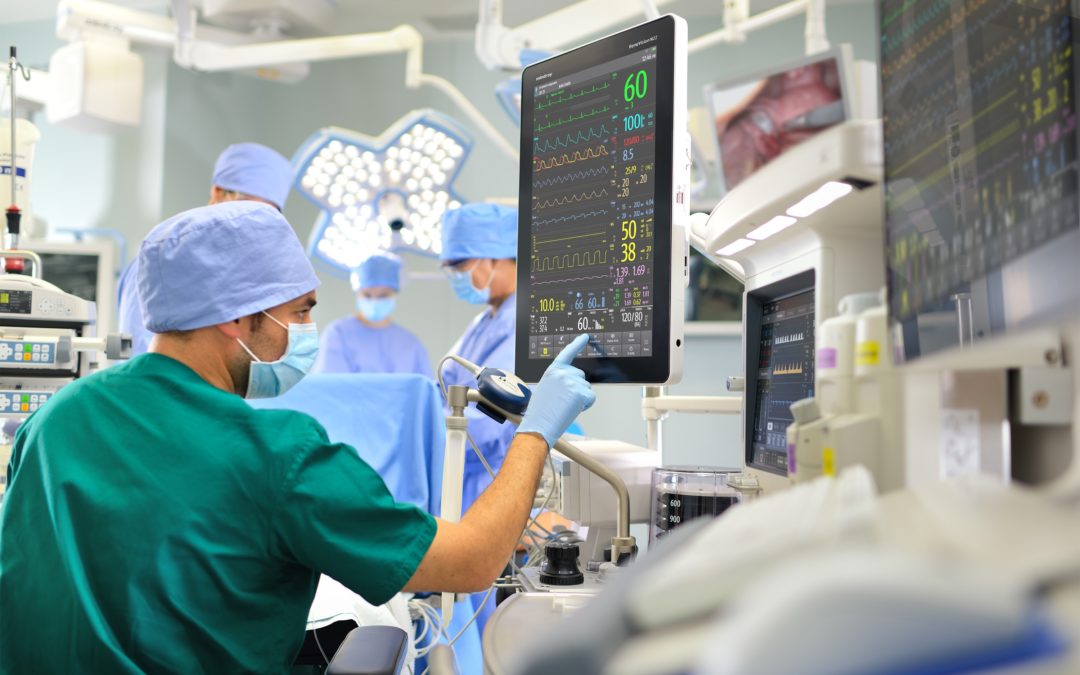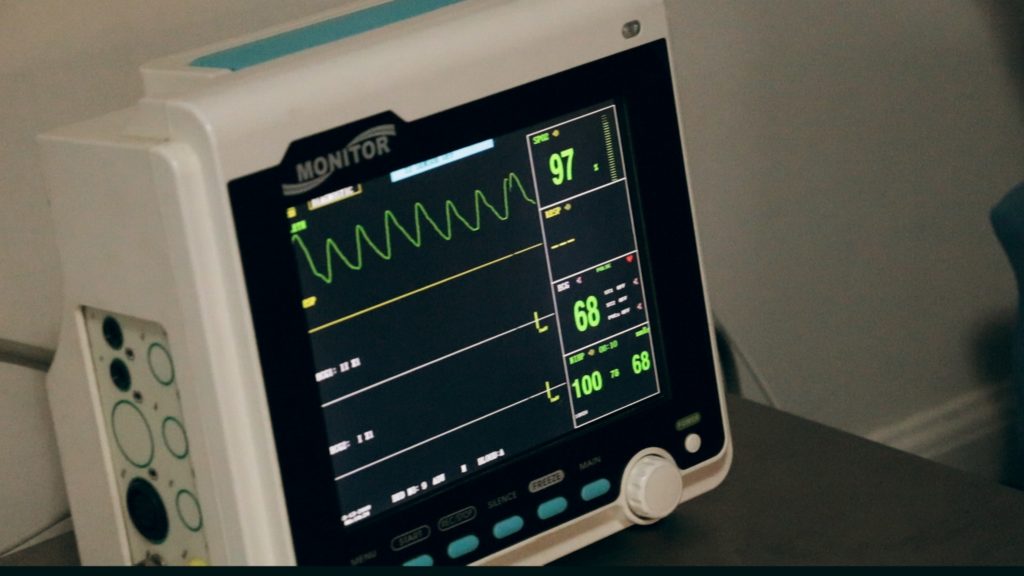Find out how hospital cleaning protocols are changing – and how janitorial services are keeping up
What does COVID-19 mean for hospital janitorial teams? Have hospital cleaning protocols changed that much? Hospitals have always been at the forefront of disinfection and contaminant control practices. Long before COVID-19, there was (and is) MRSA, Clostridium difficile (C. diff.), and VRE.
As far back as 1847, there was some knowledge that infection could spread through a hospital “on the unclean hands of health-care workers.” In the 1950s and 60s, hospitals were implementing their own infection control standards, and in the 1980s, the Centers for Disease Control and Prevention (CDC) developed guidelines to standardize infection control and hospital cleaning protocols.
The International Society for Infectious Diseases (ISID) published its first edition of Guide To Infection Control In The Healthcare Setting in 1998. This frequently updated and extensive guide covers everything from hand hygiene and waste management to antimicrobial stewardship and “pathogens of epidemiologic concern.”
But how often do hospital cleaning protocols need to be updated? Are procedures for containing the spread of COVID-19 all that different from what’s already in place? Consider how quickly and easily germs can spread.
One research report cites a study of an “infected” telephone in a hospital, noting that within eight hours, 78% of high-touch surfaces (equipment buttons, door handles, patient charts, etc.) in the room tested positive for contaminants. In five nearby rooms, 18% of high-touch surfaces also tested positive.
And as you can see in this video from Dassault Systèmes, infected airborne particles can easily travel throughout a hospital building.
As additional proof, a preliminary study of the spread of coronavirus found that contamination was present on most surfaces in the room of a patient with COVID-19. Prior to cleaning, the virus was detected on interior doors, windows, light switches, and handrails, and even air outlet fans.
There is, however, plenty of good news for anyone reviewing or designing new hospital cleaning protocols. Many of the guidelines already in place, such as proper handwashing, wearing PPE, and using appropriate disinfectants, are “sufficient for COVID-19 cleaning,” according to the Association for the Health Care Environment.
Make sure your cleaning team has the information they need to complete their job accurately and thoroughly. Implementing a janitorial software like Janitorial Manager can effectively transform your cleaning operation!
The COVID-19 hospital cleaning protocols you need to know
Some of these hospital cleaning protocols may be ones you already have in place. And sometimes “new” just means freshening up on what you know, but maybe don’t practice as stringently as would be prudent. There is, however, some new information here that will serve you and your coworkers well.
1. Training
Training is always the first step in maintaining high-quality standards. The CDC recommends limiting the number of personnel in rooms of patients with COVID-19. This means nursing personnel may be responsible for cleaning patient rooms. Therefore, it is vital that every member of your team, and anyone else who may be undertaking cleaning duties, is fully trained to use cleaning equipment, follow your cleaning checklist, and pay close attention to contact times for disinfectants.
2. Exclusivity
If someone on your environmental services team is responsible for cleaning a patient room, keep that relationship as exclusive as possible. Assign specific rooms to specific employees and try your best to limit the number of times they go into the room.
3. Terminal cleaning
When a patient is discharged from the hospital, the CDC recommends waiting to enter the room “until a sufficient time has elapsed for enough air changes to remove potentially infectious particles.” The standard time most often cited is from 28 minutes for a larger room to 69 minutes for a smaller room.
Those same guidelines also indicate that, at a minimum, PPE should include a gown and gloves. If “splashes or sprays” are part of the cleaning routine, employees will also need a face mask and eye protection.
4. Cleaning and disinfection procedures.
Consistency is key here. The CDC states that routine cleaning and disinfecting are appropriate for this strain of coronavirus. Use a cleaner and water to “pre-clean” surfaces and then apply an “EPA-registered, hospital-grade disinfectant to frequently touched surfaces or objects.”
Damp dusting is also helpful in limiting the spread of contaminants. However, it is vital to keep a strict cleaning schedule.
5. Hospital cleaning protocols for specific hospital areas
In addition to general cleaning and disinfecting guidelines, Nebraska Medicine, in Omaha, Nebraska, offers detailed COVID-19 protocols for operating and recovery rooms.
- Operating room
After Aerosol Generating Procedures (AGP), “doors are to remain closed for 30 minutes before opening,” to prevent the spread of airborne contaminants. Once the time has elapsed, patients and doctors can leave the room, and it is acceptable to clean. If there are no AGPs, it is not necessary to wait before cleaning.
They go on to say that horizontal and high-touch surfaces, such as countertops, chairs, and procedure tables, need to be “thoroughly wiped.”
They offer similar guidelines for recovery rooms, but there are some differences in general procedure rooms. After a routine evaluation, it is acceptable to begin cleaning the room immediately once the patient leaves. The exception is in the case of an AGP.
In that instance, the room needs to remain empty for one hour (30 minutes if it is an airborne isolation room or negative pressure room). They require Airborne Isolation signs on the door for the duration of the waiting period, which means you will need to work in conjunction with the medical team to adhere to those protocols.
The guidelines at Mass General in Boston, Massachusetts, are likewise, very similar. One of the differences here is that if a room does need to be cleaned before the 30-60 minute wait time, “cleaning staff must wear respiratory protection and other PPE required for Strict Isolation.”
Perhaps the most ordinary of all hospital cleaning protocols is the most effective, though. Frequent hand washing for 20 seconds is one of the easiest ways to prevent the spread of contaminants like the coronavirus.
Keep up with your supplies, schedules, and all your custodial cleaning checklist with Janitorial Manager. Get in touch today for a free, no-obligation demo and learn how it works.


